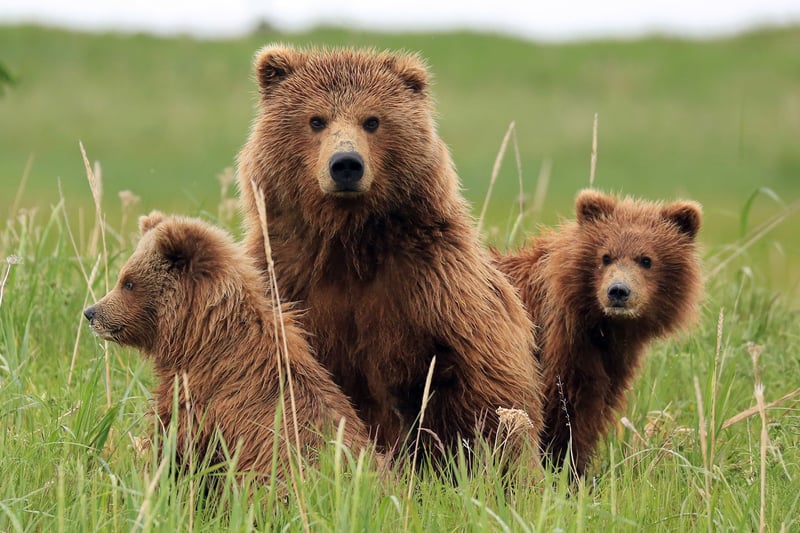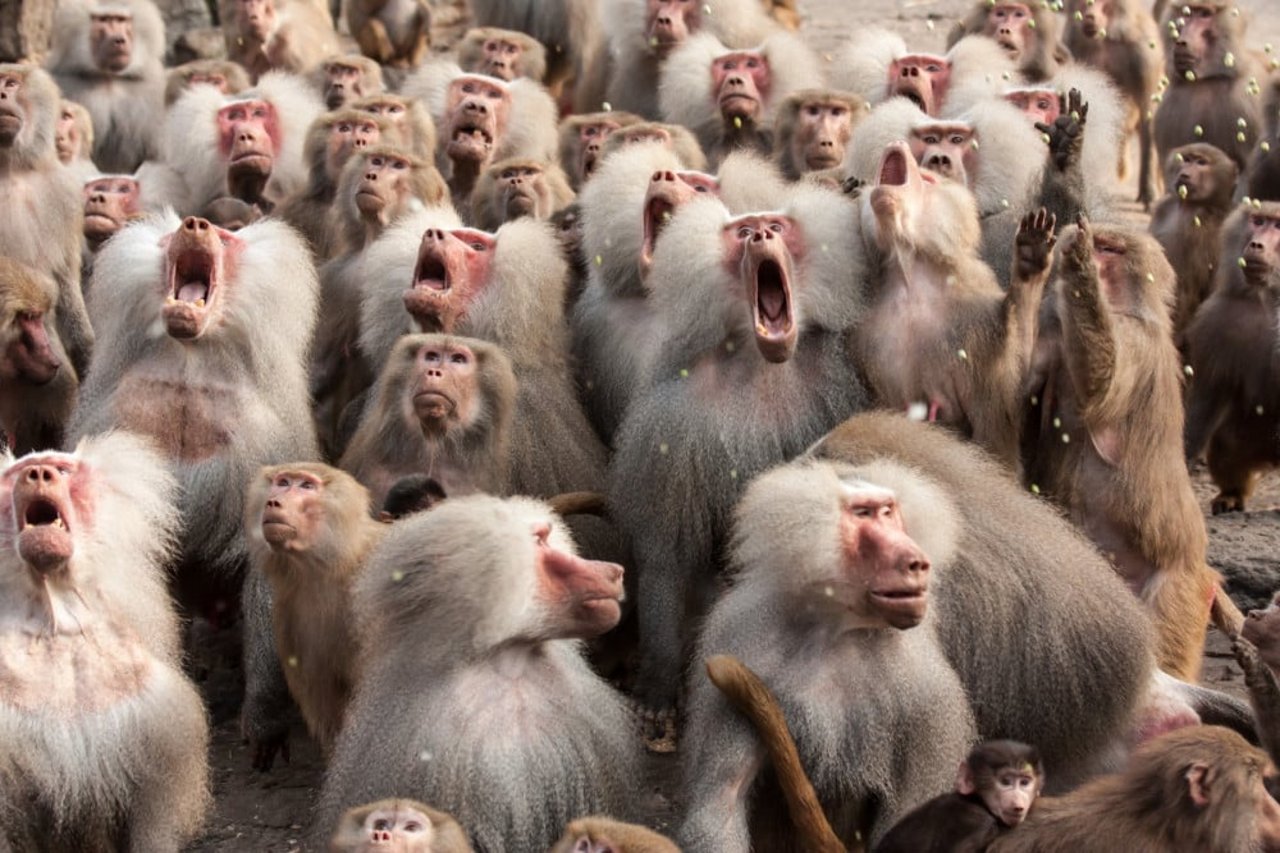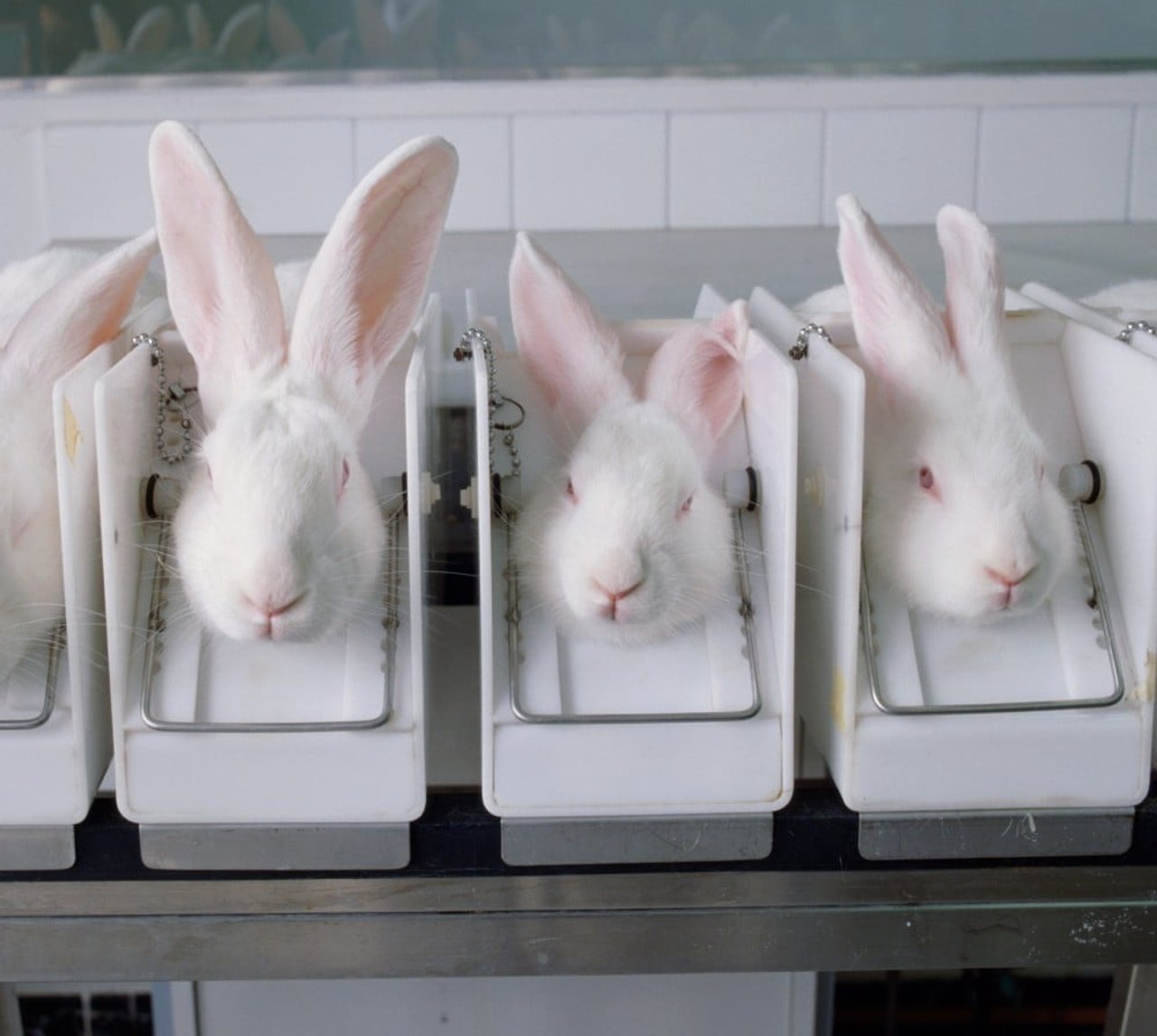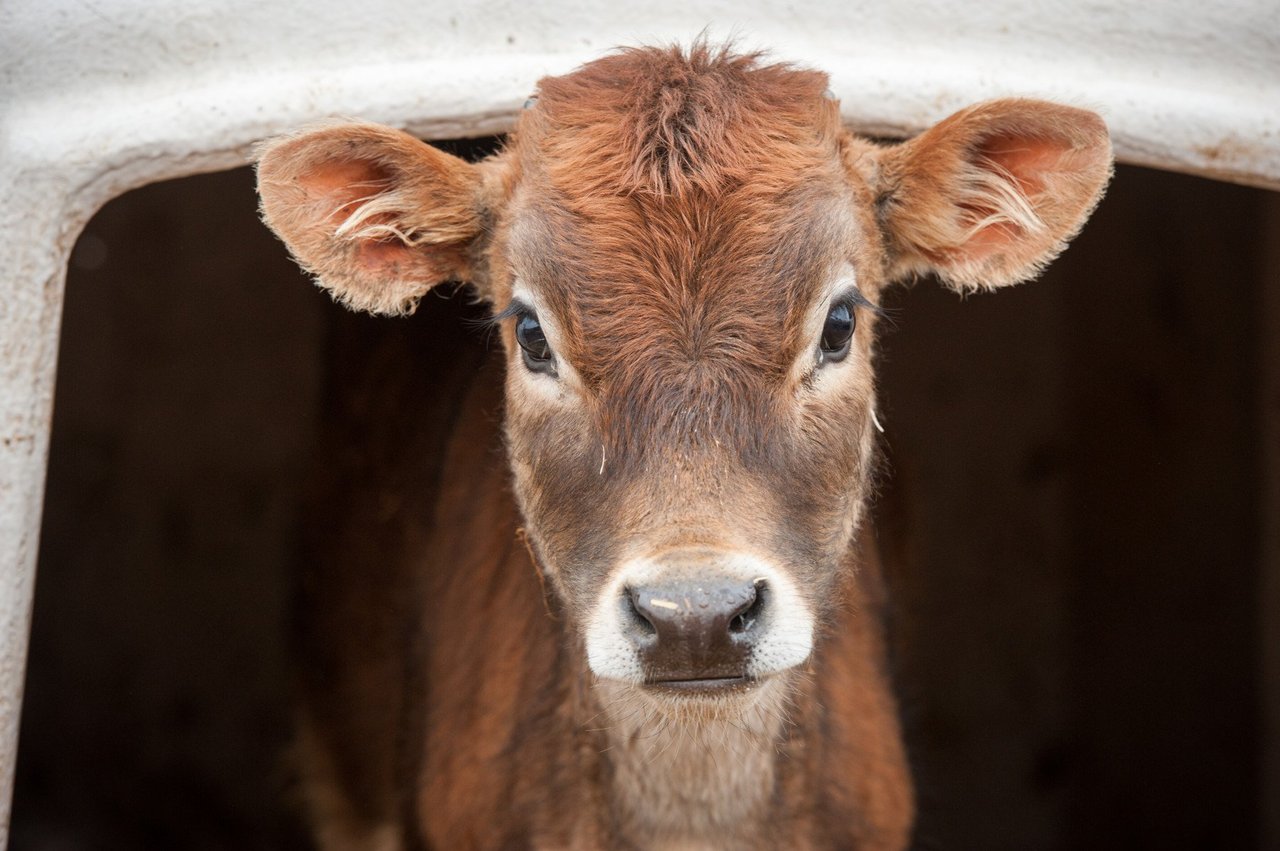
As part of my graduate program’s curriculum, I was fortunate to take a course called Animal Ethics. It was one of the more popular courses, as almost every aspect of animal advocacy is impacted by animal ethics.
My animal ethics course helped me understand my own ways of thinking about how ethics can (and should) be extended to animals. The biggest takeaway that I want to share is that philosophies act as frameworks or a ‘toolbox’ to help guide people in their ways of determining what is good, moral, or just. They are the foundation on which someone’s positions or stances are built. I hope by sharing what I learned in that course, you can walk away with a better understanding of how you think about certain issues.
Animal ethics uses critical thought, logic, emotion, and reasoning to determine our worldview as it relates to our treatment of animals.
A core element of many ethical frameworks is “moral agents” vs. “moral patients.” Moral agents are capable of moral reasoning, while moral patients are those beings who are entitled to our moral care and consideration. All moral agents are also moral patients—for example, all humans are capable of moral reasoning and are entitled to the moral care and consideration of others. Moral patients, on the other hand, are not necessarily moral agents—such as infants, humans with severe impairment, and animals.
Although we still have a lot to do, society is evolving in its attitudes toward animals. For a very long time, it was a common belief that we owed no direct obligations to animals (i.e., we owe them nothing); nothing we did to them was wrong. Today, we are finally moving in a positive direction! Deeper conversations are being held on how we should treat and live alongside other animals. That is the essence of animal ethics.
Contemporary animal ethics is broken out into two mainstream and two non-traditional ethical frameworks:
Mainstream Frameworks
Utilitarianism
Utilitarianism emphasizes doing what is best for the “greater good” while minimizing suffering wherever possible. In minimizing suffering, utilitarianism gives equal consideration to the suffering of all sentient individuals, which includes animals. Utilitarians do not oppose all use of animals by society, but argue that our current treatment of animals is morally wrong because it results in tremendous animal suffering for hardly any “greater good.”
The animal welfare movement emerged from utilitarianism, with Peter Singer as the leading figure. Utilitarians are typically anti-speciesists, concerned with minimizing animal suffering, and believe all sentient individuals are equal.
A group of monkeys.
Deontology
Deontology is similar to utilitarianism. At its core, deontology challenges whether morality is rooted in an action itself versus the consequences of said action. Deontologists stress that a good end does not justify an evil means and believe that animals have an inherent value equivalent to humans’ inherent value.
The animal rights movement emerged from deontology, with Tom Reagan as a leading figure who argues that unequal treatment of humans and animals amounts to speciesism. Additionally, animals have rights because they are “experiencing subjects of a life.” Deontologists consider these rights to be legally enforceable and violated when animals are exploited by humans. To that end, Regan (and many animal rights activists) petitioned for the complete abolition of animal use in society–agriculture, research, etc.
Rabbits lined up in an animal-testing lab.
Non-Traditional Frameworks
Capabilities Approach
The capabilities approach, founded by philosopher Martha Nussbaum, is less widely known than the other frameworks but is growing in popularity. It is a set of political principles expressed as a set of core entitlements. It was initially developed to address the oppression of women in society and has been adapted to address human obligations towards other species. The capabilities approach for animals seeks to include them as primary subjects of justice. This approach outlines the many capabilities that all animals should have fulfilled: life, health, bodily autonomy and integrity, senses, imagination and thought, play, and reason.
Virtue Ethics
Virtue ethicists assess actions by means of vices and virtues. A virtue is a good or praiseworthy trait; a vice is a bad or despicable trait. Virtue ethics, borrowing from the best of utilitarianism and deontology, takes account of what would minimize suffering and what would violate a right. But that is only part of the discernment. It also considers the context and what is most compassionate, just, or kind under the circumstances. If you are asked a hypothetical question and your answers are typically “well, it depends!”, you may be a virtue ethicist.
After learning about animal ethics, perhaps you may now have a name for the way you think about animals or maybe it’s changed. But one thing is for certain: animal suffering matters and needs to end.
World Animal Protection is on a mission to change the way the world works to end animal cruelty and suffering. If you want to move the world for animals with us, consider making a donation. With your generous help, we can all make the world a better place for animals.


